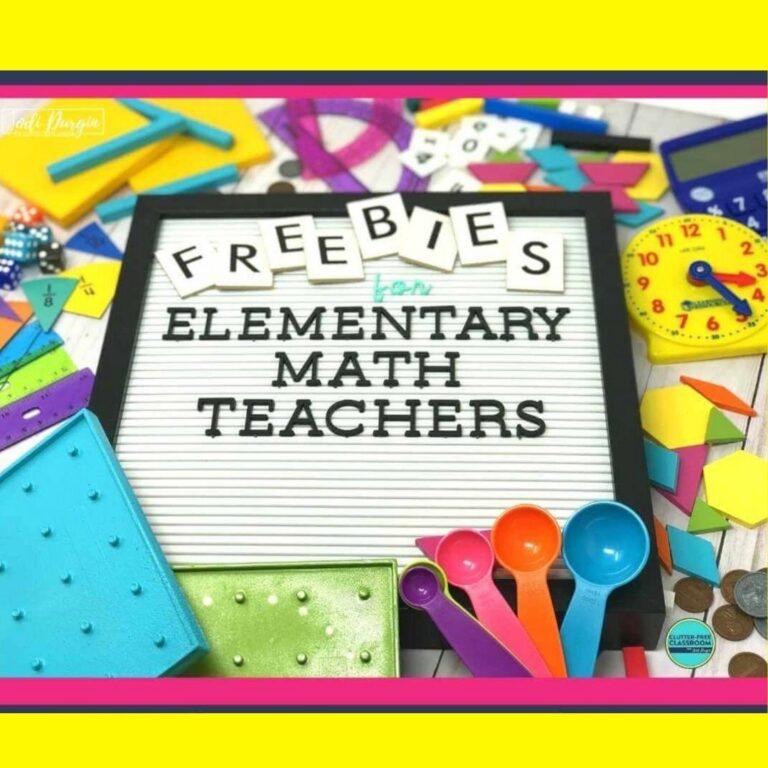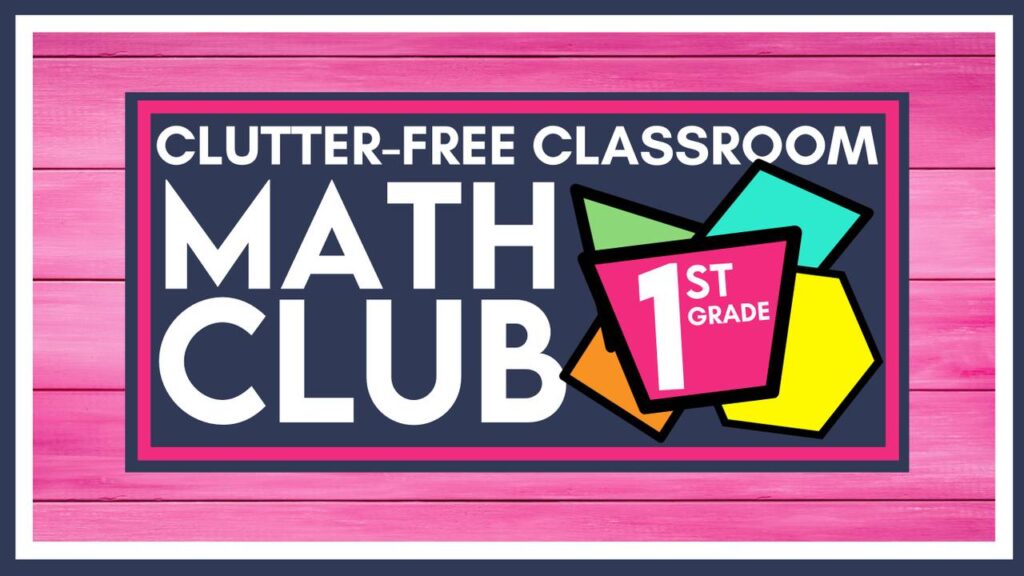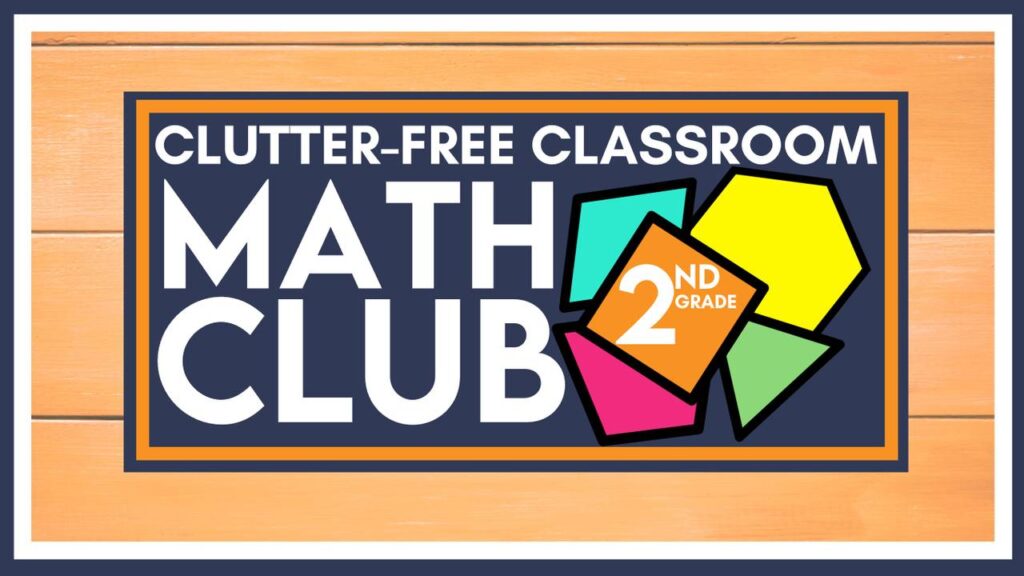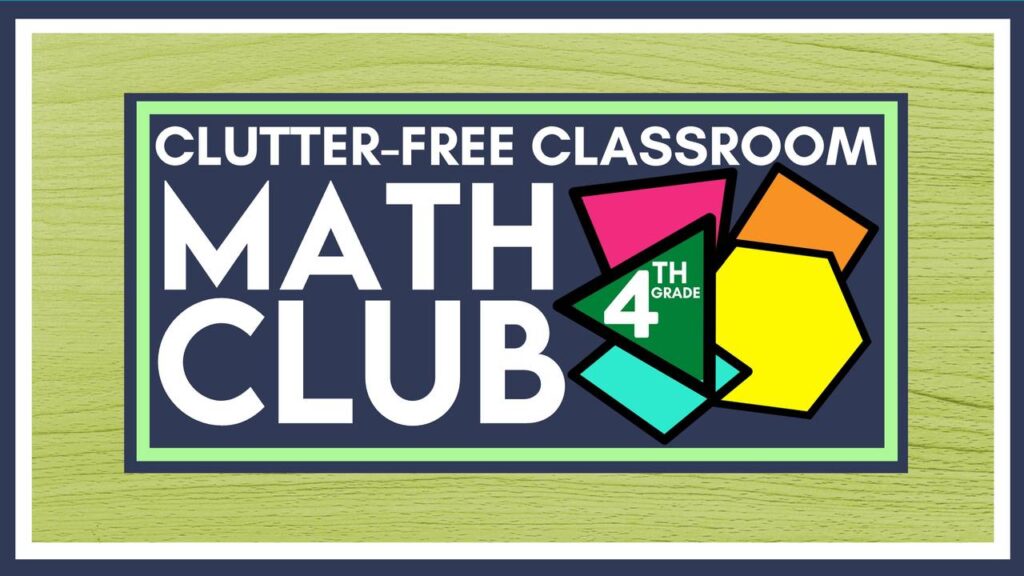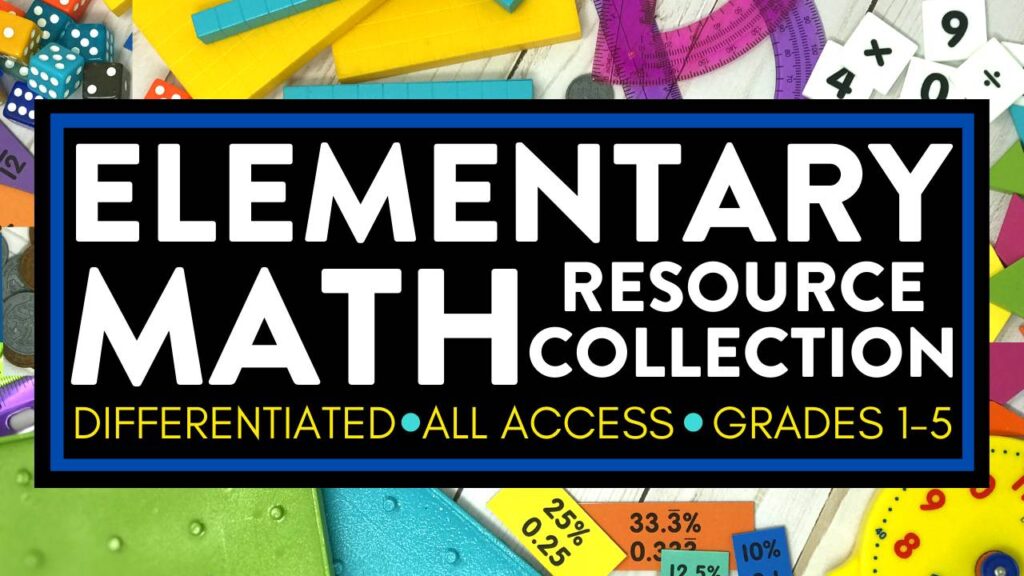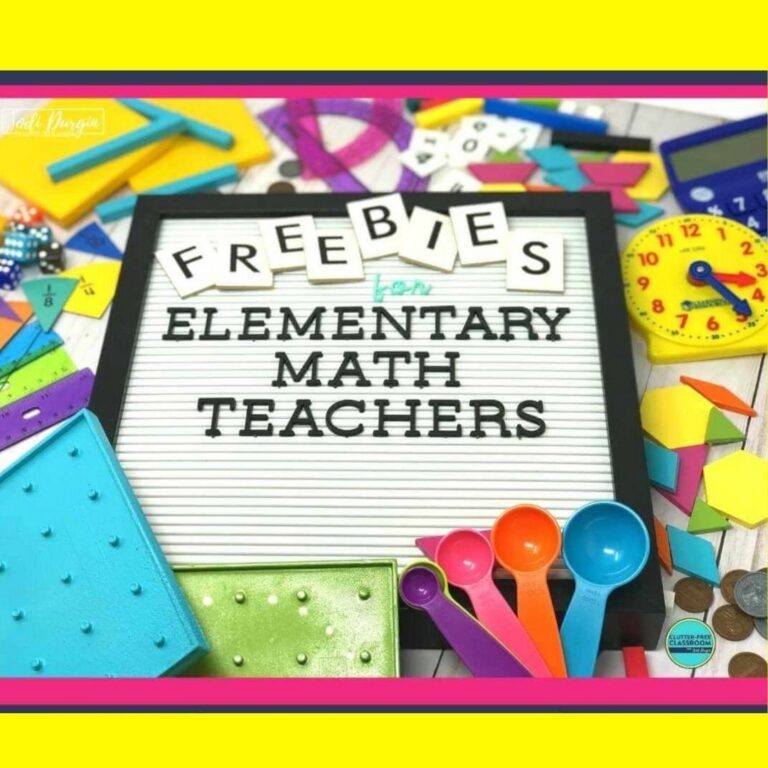If you are an elementary teacher looking for tips and ideas for how to teach addition and subtraction within 20, then you found the right place! Learn what addition and subtraction within 20 is, why it’s important, what your students need to know, and get 5 helpful tips for teaching it in a fun and engaging way. Read all about teaching addition and subtraction within 20 below!
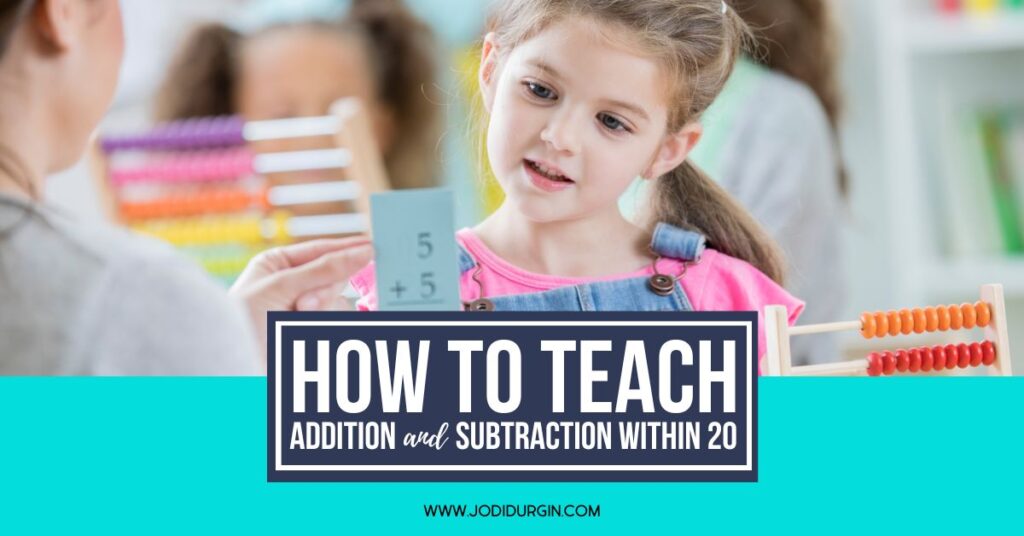
What is Addition and Subtraction within 20?
Addition and Subtraction within 20 is the next step after learning how to count. Addition is when you put two or more numbers together to find the total amount. This total is called the sum. Subtraction is an important tool we use to help us find out what is left when taking one number away from another.
Why is Addition and Subtraction within 20 Important?
It is important for students to learn addition and subtraction within 20 because we use both in our everyday lives. Learning addition and subtraction supports children in deepening their understanding of relationships between numbers and how quantities relate to one another. Also, a solid foundation of addition and subtraction is useful when learning more complex operations such as adding and subtracting decimals, fractions and measurements.
What Addition and Subtraction within 20 Skills Do Students Need to Know?
Below are the Common Core and TEKs standards that relate to addition and subtraction within 20 that define what students should be able to do by the end of the school year.
Common Core Standards
Below are the CCSS standards related to addition and subtraction within 20.
1st Grade
- Apply properties of operations as strategies to add and subtract. 2 Examples: If 8 + 3 = 11 is known, then 3 + 8 = 11 is also known. (Commutative property of addition.) To add 2 + 6 + 4, the second two numbers can be added to make a ten, so 2 + 6 + 4 = 2 + 10 = 12. (Associative property of addition.) (1.OA.B.3)
- Relate counting to addition and subtraction (e.g., by counting on 2 to add 2). (1.OA.C.5)
- Add and subtract within 20, demonstrating fluency for addition and subtraction within 10. Use strategies such as counting on; making ten (e.g., 8 + 6 = 8 + 2 + 4 = 10 + 4 = 14); decomposing a number leading to a ten (e.g., 13 – 4 = 13 – 3 – 1 = 10 – 1 = 9); using the relationship between addition and subtraction (e.g., knowing that 8 + 4 = 12, one knows 12 – 8 = 4); and creating equivalent but easier or known sums (e.g., adding 6 + 7 by creating the known equivalent 6 + 6 + 1 = 12 + 1 = 13). (1.OA.C.6)
- Understand the meaning of the equal sign, and determine if equations involving addition and subtraction are true or false. For example, which of the following equations are true and which are false? 6 = 6, 7 = 8 – 1, 5 + 2 = 2 + 5, 4 + 1 = 5 + 2. (1.OA.C.6)
- Determine the unknown whole number in an addition or subtraction equation relating three whole numbers. For example, determine the unknown number that makes the equation true in each of the equations 8 + ? = 11, 5 = _ – 3, 6 + 6 = _. (1.OA.D.8)
- Understand subtraction as an unknown addend problem. For example, subtract 10 – 8 by finding the number that makes 10 when added to 8. (1.OA.B.4)
TEKS
Below are the TEKS standards related to addition and subtraction within 20.
1st Grade
- compose 10 with two or more addends with and without concrete objects; (1.3.C)
- apply basic fact strategies to add and subtract within 20, including making 10 and decomposing a number leading to a 10; (1.3.D)
- explain strategies used to solve addition and subtraction problems up to 20 using spoken words, objects, pictorial models, and number sentences; and (1.3.E)
- generate and solve problem situations when given a number sentence involving addition or subtraction of numbers within 20. (1.3.F)
- understand that the equal sign represents a relationship where expressions on each side of the equal sign represent the same value(s); (1.5.E)
- determine the unknown whole number in an addition or subtraction equation when the unknown may be any one of the three or four terms in the equation; and (1.5.F)
- generate and solve problem situations when given a number sentence involving addition or subtraction of numbers within 20. (1.5.G)
5 Tips for How to Teach Addition and Subtraction within 20
Below are 5 helpful tips for teaching addition and subtraction within 20 to elementary students.
1. Read Aloud Picture Books that Teach Addition and Subtraction within 20
Reading aloud picture books is a great way to integrate literacy into your math block and present information in a different way. Our favorite picture books for teaching addition and subtraction within 20 are If You Were a Minus Sign by Trisha Speed Shaskan, Subtraction Action by Loreen Leedy, 1 + 1 = 5 and Other Unlikely Additions by David LaRochelle, Quack and Count by Keith Baker and Addition Annie by David Gisler. Check out the full list of math picture books we recommend!
2. Offer Hands-on Learning Experiences
Hands-on math experiences help students make connections, remember their learning, and develop a deep conceptual understanding of the content. You can make any lesson interactive and engaging by offering math manipulatives. Our favorite math manipulatives for teaching addition and subtraction within 20 are ten frames, dominoes, dice, linking cubes, unifix cubes, rekenrek, base-ten blocks, two color counters, dinosaur counters, bear counters, bug counters, abacus, number tiles.
3. Explicitly Teach Related Math Vocabulary
Teaching math vocabulary is essential for all students, but it is especially beneficial for students who speak English as a second language and students with learning differences. Key vocabulary terms for addition and subtraction within 20 are add, addition, sum, addend, additive identity property of 0, associative property, commutative property, computation strategy, counting on, number line, strategies for addition, subtract, difference, unknown addend, pictorial model, number sentence, decompose and properties of operations.
4. Give Students Opportunities to Apply Addition and Subtraction within 20 to the Real World
Learning becomes more meaningful when students understand how it connects to the real world. Students are more engaged and invested in their learning. Some examples of ways we use addition and subtraction within 20 in the real world are counting Halloween candy, calculating how many tennis rackets are needed for a gym class, estimating a discount while shopping or giving change as a cashier. Project based learning and word problems are examples of opportunities for students to apply their learning to real world situations.
5. Encourage Parent Involvement
Parent participation in math is essential because it impacts students’ attitude toward math, proficiency levels this school year, and future success in their math education. Be sure to keep communication open with families and share ways they can support their children in their math learning. Some examples of ways they can practice addition and subtraction within 20 at home are while shopping in a grocery store, buying lunch in a food court, or calculating how much time is left for an activity.
In closing, we hope you found this information about how to teach addition and subtraction within 20 helpful!

